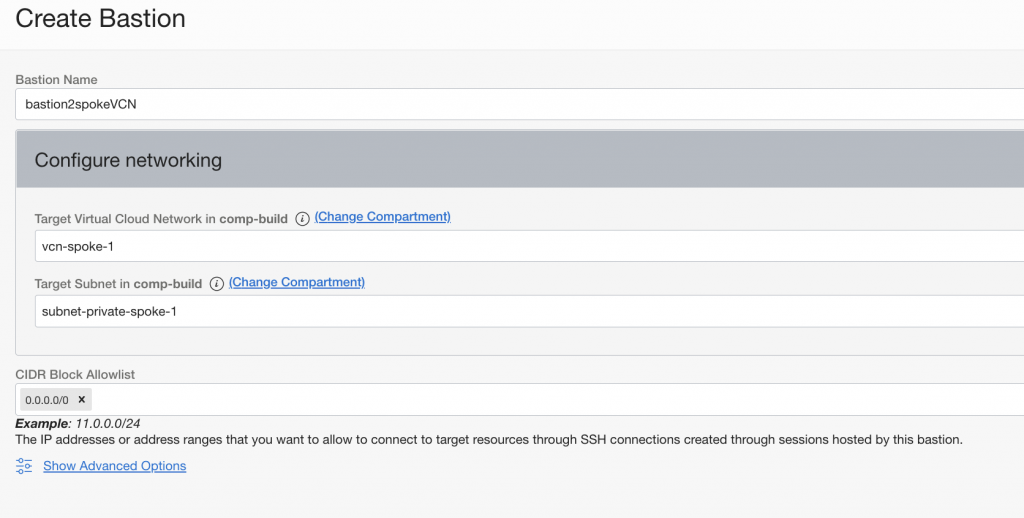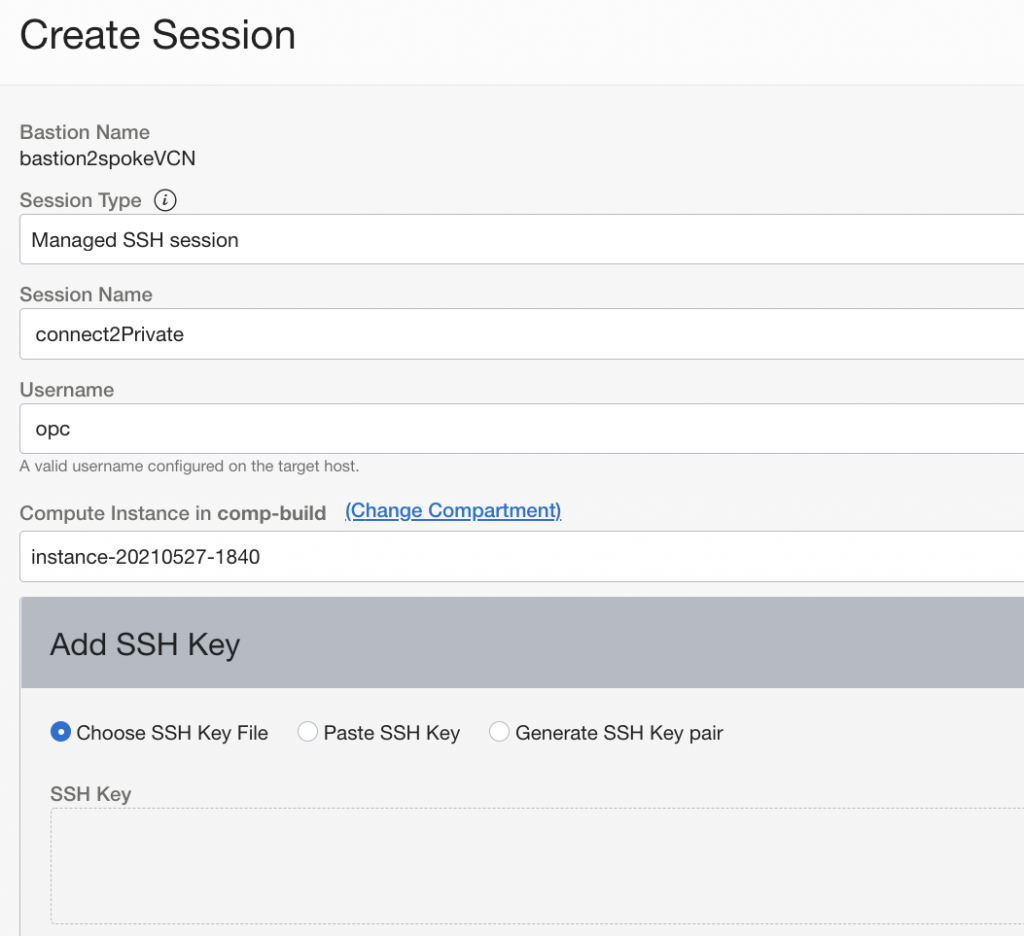OCI Bastion service
OCI announced their Bastion service which is great addon! Now you don’t need that server provisioned anymore, or you don’t need a public subnet.
You have possibility to use either managed session or port forwarding session to connect to servers. Managed sessions requires Agent enabled on the compute and ssh port forwarding requires IP on your subnet where you’re connecting to and port. OCI documentation says on new compute instances Agent should be enabled by default but you’ll see further down that I had to enable the agent.
How it works?
In short everything is controlled through OCI and you can manage who can do what via normal IAM policies. What you’ll need first is an Bastion “resource”. Resource defines name, VCN and subnet (where you’re connecting to) and who can login from which IP addresses to Bastion.
After you have Bastion created you need to create a session. If you’re using managed SSH session then you need to define SSH key (for the session!), username and which compute you are connecting to.
Remember you always need either Service Gateway or NAT GW for the private subnet so connection can be made!


Once I’ve created session I can click on three dots on the right and get the SSH command I can use to login.

Let’s try it!
I’ll just replace the first key with Bastion key and second key with my server key.
![]()
It’s as simple as that. No public subnet needed.
What about SSH port forwarding?
Well it’s like it says, SSH port forwarding. Now I can define server name or IP where I’m connecting to and target port! So if you want to use RDP you just define target port 3389.
SSH command is slightly different so you need to define local port which you will use to connect.

When I connect, I give my Bastion key and port (5500 for example). It will establish SSH session to Bastion. After that you’ll connect with browser, SSH, RDP to localhost 5500 port and it will forward your connection to specified private IP and port.
Unless you have some other security requirements, using Bastion service is in my opinion the way to go from now forward. It gives better control overall who can access your OCI network and from where. Administrators can control Bastion itself and users can create their own sessions if IAM policies are set correctly.
Many times you might not have VPN or FastConnect available from day one and you still want to be able to connect to your systems, now you can do it without public subnets.
Official Bastion documentation is available here.
source: Finnish Blog
Comments
Post a Comment